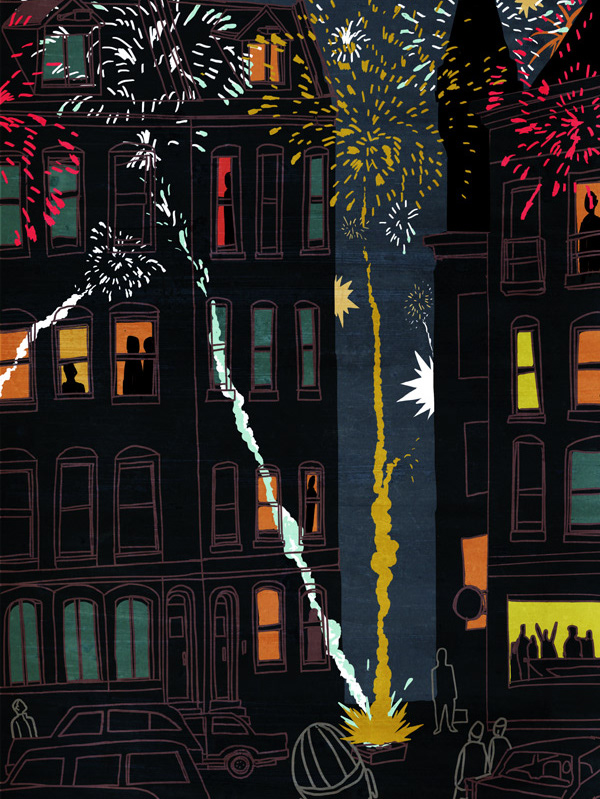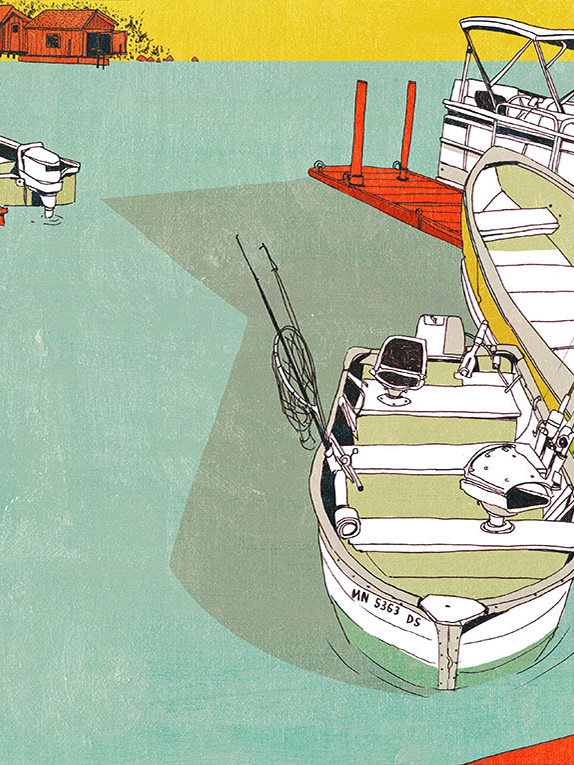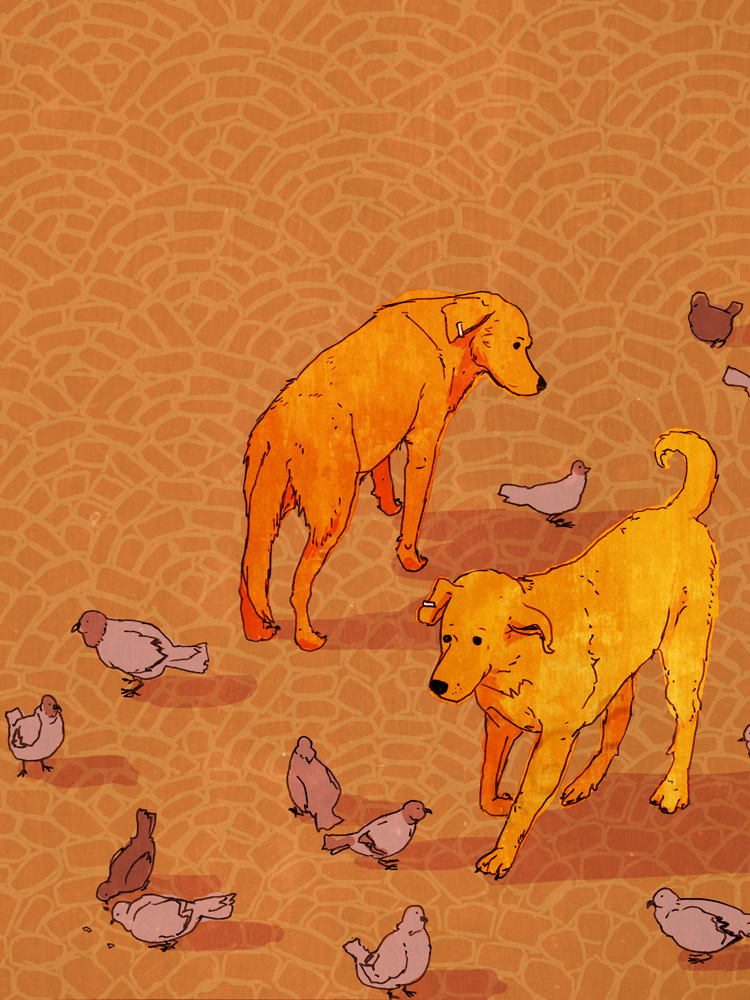My Life in Amsterdam: Part I
For the first time in my life, I’m biking everywhere. Amsterdam, my new home, boasts an unusual population statistic: more bikes than people. Everybody here bikes everywhere, and now an activity that was once a childhood novelty is now my primary mode of transportation.
I don’t consider myself a “cyclist.” When I return to the United States, I don’t plan on biking like I do now. I can’t imagine peacefully peddling around any other busy city — it would be terrifying to bike alongside the psychotic drivers of Boston or the oblivious slowpokes in St. Louis. It’s not that drivers here are any better; it’s just that the city is set up to accommodate bikers. Bike lanes provide almost complete segregation from drivers, and when they don’t, the cars proceed cautiously…to the point of paranoia. In a car/bike collision, drivers are always at fault, no matter the circumstances. As a result, bikers ride everywhere, worry-free! with impunity! without helmets! And I am no exception.
I’ve been going on small-scale adventures with my new bike. I never set out with a destination in mind, and I usually have no idea where I’m going. I’ll pick a direction and ride, then try my best to remember how to get home. Much of Amsterdam center is laid out as concentric rings of streets, so I usually find myself going in circles and, without trying, ending up where I started.
It helps that many of Amsterdam’s cars are tiny. One car in particular, the Canta, is so small that it’s not legally allowed on highways; it’s more like an electric wheelchair than a car.
Biking through Het Spui is like threading a needle through a crowd of people, trains, and motorcycles. The area is home to bars, bookstores, and an odd, but historic housing complex that only permits chaste women to live inside. No boys allowed! In Amsterdam, the most densely populated city in Europe, the choice between prime real estate and male companionship is probably a tough one. As a man, I can’t possibly begrudge any of the complex’s tenants.
Across the canal is De Krijtberg, a relatively new (late-nineteenth century) church which towers above everything else in the area. It’s certainly beautiful and elegant, but also eerily symmetrical. In truth, the church is dark and imposing. It’s got this jagged silhouette; the steeples’ points are sharp as knives. And the gates are always locked when I pass by… I imagine that the interior matches the exterior: austere, spooky and possibly haunted.
When I first started biking through Amsterdam, I was clumsy and timid (on my first ride I crashed into the side of a moving taxi and got yelled at by its angry Turkish driver). At some points, I would actually make a right turn rather than figure out how to proceed across a busy intersection. This led me into a maze of small streets and alleys lined with bars, apartments, and lost tourists.
It’s always an honor when a tourist asks me for directions. I feel as though I’ve been successful at assimilating — a true Amsterdammer! And then my pride inevitably evaporates when I remember that I have no idea where they are trying to go. I must watch the disappointment creep across these tourists’ faces and stand idle while they go find some real help. I must say, the one time I was actually able to give a couple of tourists directions to Dam Square was one of the crowning achievements of my time here. They probably got lost on the way there, but at least, if just for 5 minutes, somebody believed I was a helpful Dutch person.
Whenever I get even slightly lost, the Amstel River is always the first thing I can recognize well enough to orient me back in the right direction. Life along the river seems like a good one. Houseboats line the edges of the river and little bridges pop up every few blocks. Sometimes the bridges break apart to let boats through, though this mostly happens with the bigger, newer bridges.
Once I came across a system of locks, which allow boats to navigate the multiple water levels of the river without having to power uphill. The boat enters into a little chamber enclosed by two sets of double doors. The water level in the chamber is raised or lowered via pumps and drains, then the boat leaves through the other side. As a boy who, like most boys, was fascinated by how big things move (trucks, trains, rocket ships, etc), I’d come to learn a thing or two about locks. It was nice to see something familiar among the bafflingly intricate workings of the Dutch water system.
At the end of every journey I have the pleasure of returning home through the massive construction project in front of my apartment. The walls of the canal need rebuilding and so half the street has been completely removed. It’s a fascinating process. The wall is dismantled, as layers of brick, dirt, wood, and pipes are stripped away. A temporary wall is installed outside of the newly created ditch, and all of the water is pumped out — this gives the workers a dry area to work on the new wall. I frequently find myself staring out my window to watch giant machines yank ancient polders from mud like teeth, and even more giant machines drive huge metal wall panels into the canal.










